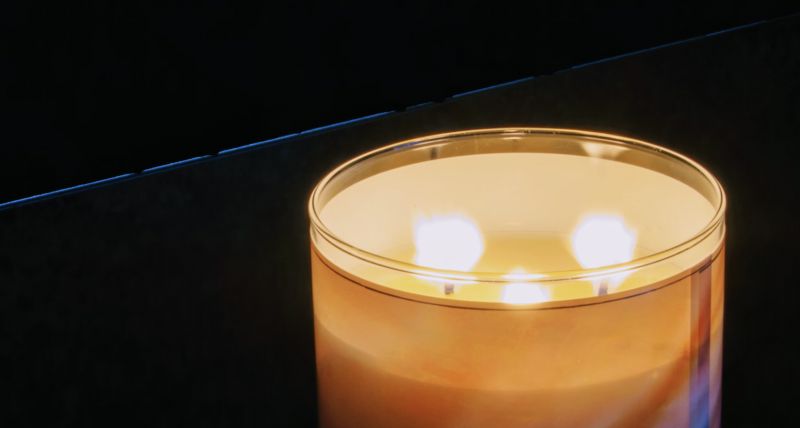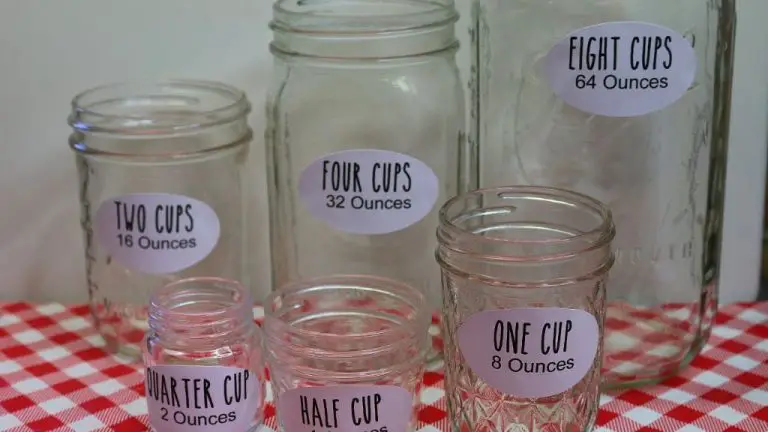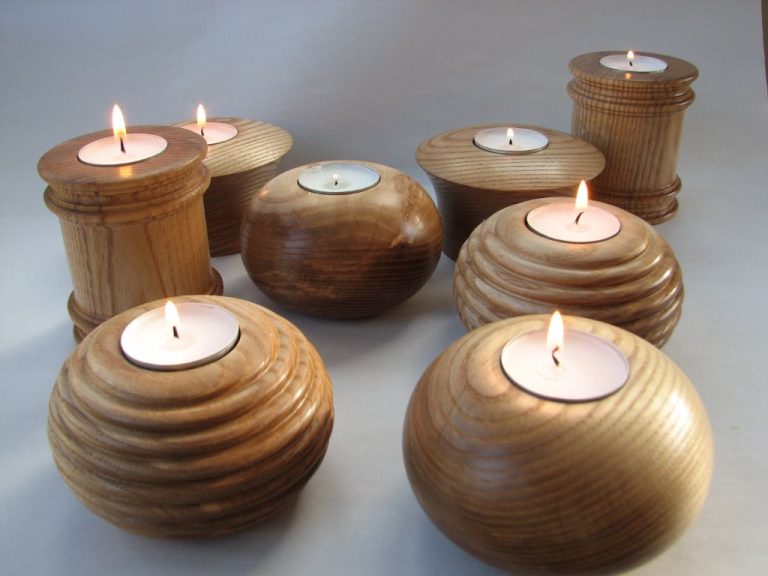What Size Candle Needs 3 Wicks?
The purpose of this article is to determine what size candles need 3 wicks and explain why larger candles require multiple wicks. Properly wicking a candle is an important part of candle making, as the wick impacts how the candle burns and performs. Using the right number of wicks and proper wick sizing helps the candle burn evenly, prevents tunneling, and promotes an ideal melt pool. We’ll cover how to determine when a candle needs multiple wicks based on diameter, how far apart to space multiple wicks, and general best practices for wick sizing and selection.
Function of Candle Wicks
The wick is a crucial component of candles that serves several important functions. As the candle burns, the flame melts the top layer of wax near the wick. The wick then absorbs this liquid wax through capillary action and delivers it to the flame to sustain the burning process. Without a proper wicking system, the candle would not burn efficiently.
Wicks are normally made from braided cotton, though other materials like wood and paper can be used. The wick needs to be absorbent enough to draw up the melted wax. At the same time, the wick material has to be able to burn itself in order for the flame to keep going. The wick essentially acts as a fuel source as well as a delivery system for the melted wax fuel.[1]
In summary, wicks allow candles to burn in a controlled manner. They absorb and supply wax to the flame at an even rate. Without wicks, candles could not function properly.
Wick Size for Small Candles
Small candles like votives and tealights only need a single wick. These types of candles are typically 1-3 inches wide, so a single centered wick provides adequate melting and fragrance dispersion.
For small container candles, wick sizes like CD 4, 5, 6 or ECO 1, 2, 3 are commonly used. The smaller the diameter, the smaller the wick needed. According to the CandleScience wick guide, votives usually use an ECO/CD 1, 2 or 3 wick. Tealights often use an ECO/CD 4, 5 or 6 wick.
It’s important to match the wick size to the diameter of the candle. An ECO/CD 1 would be too small for a 3 inch votive, while an ECO/CD 6 would be too large for a 1 inch tealight and create excessive sooting.
Testing different wick sizes to find the best melt pool and burn time is recommended when making small candles. The CandleScience wick guide provides detailed size recommendations.
Wick Size for Medium Candles
Medium size candles that are approximately 3-6 inches wide generally require 1-2 wicks for optimal burning. This includes pillar candles, taper candles, and jars in the medium range. Some guidelines for wick sizing based on candle diameter:
- 3 inch diameter – 1 wick
- 4 inch diameter – 1-2 wicks
- 5-6 inch diameter – 2 wicks
Having the right number of properly sized wicks is important to allow complete melt pooling as the candle burns. Too small of a wick can create tunneling, while too large of a wick can cause sooting. The width of the candle determines how much heat and wax pool is created, and the wick must be sized accordingly.
For medium taper candles and pillars, a single centered wick is usually sufficient for even burning. For medium jars, 2 wicks help disperse heat to the edges to prevent tunneling. Testing wick options and taking notes is recommended to find the optimal configuration for a given candle shape and size.
Wick Size for Large Candles
Large pillar and container candles that are over 4 inches (10 cm) in diameter generally need multiple wicks, usually 2-3 wicks depending on the exact width of the candle. Large jar candles that are around 4 inches wide need 2 wicks, while candles that are closer to 6 inches wide need 3 wicks (https://lonestarcandlesupply.com/multiple-wicks-in-a-candle/).

The reason for this is that large candles have a much wider wax pool that needs more wicks to heat the entire surface. Using a single large wick in a wide candle would create localized heat directly under the wick, leading to an improperly melted wax pool. Multiple wicks spaced properly allow for even heating and complete melting of the wax.
For a 4-5 inch wide candle, space two CD or ECO 10-12 size wicks about 1.5-2 inches apart. For a 5-6 inch wide candle, use three CD or ECO 10-12 wicks spaced evenly across the diameter (https://lonestarcandlesupply.com/guide-to-wicking/). This provides enough wicks to melt the wax pool without crowding the jar.
Why Large Candles Need Multiple Wicks
Large candles, generally defined as those over 3 inches wide, require multiple wicks to ensure even and complete burning across the candle’s surface. With just a single wick in the center, larger candles tend to develop “tunneling,” where the wax around the wick melts faster than the wax at the outer edges.
Tunneling occurs because the single wick does not provide enough heat to melt the wax evenly across the entire diameter of the candle. The melted wax around the wick then forms a cavity or tunnel, leaving unmelted wax around the sides and edges.
According to Lafco Candles, multiple wicks spaced appropriately in larger candles provide more even heating and prevent tunneling. The multiple flame points from the wicks spread heat more uniformly across the candle’s width.
Even spacing between wicks is important to ensure the candle burns evenly across its entire surface area. With good wick placement, all of the wax will melt at the same rate, providing complete fragrance release and full usage of the candle.
How to Space Multiple Wicks
When using multiple wicks in a candle, it’s important to space them evenly across the width of the container. As a general rule, wicks should be spaced 1-2 inches apart from each other, depending on the size of the candle.
Most wick manufacturers provide guidelines on optimal wick spacing. For example, Lonestar Candle Supply recommends spacing wicks 1 inch apart in candles 3-4 inches wide, and 2 inches apart in candles 5-6 inches wide [1]. CandleScience suggests a similar 1-2 inch spacing depending on container width [2].
Proper wick spacing helps ensure even burning across all wicks. Spacing wicks too close together can cause overheating and tunneling, while spacing them too far apart can lead to side wall issues. Following manufacturer guidelines takes the guesswork out of multiple wicking.
Choosing the Right Wick
Choosing the correct wick size is crucial for a properly burning candle. The right wick will maximize fragrance throw and prevent issues like tunneling. When selecting a wick, you need to consider three key factors:
The first factor is the type of wax being used. Wax type determines the melt point, which affects wick sizing. Common waxes like soy, beeswax, and paraffin need different wick sizes due to differences in viscosity when melted (source).
Secondly, the size of the candle must be taken into account. Larger candles require larger wick diameters to sustain an even burn. As a general rule, the bigger the candle, the thicker the wick should be (source).
Lastly, consider the shape of the candle container. Wicks in wider containers need to be longer to reach the edges. Tall, narrow containers require shorter wicks so the flame doesn’t get too high and produce excess soot.
With the right testing, you can find the perfect wick to match your wax, candle size, and container shape. This will maximize the candle’s burn and fragrance efficiency.
Other Wick Considerations
The length of the wick is crucial for proper candle burning. The wick should be trimmed to 1/4 inch before lighting to prevent excess smoke and an uneven melt pool. Long wicks can create smoke and get too hot, while short wicks can tunnel the wax and leave unmelted wax around the edges. According to Martha Stewart, trimming the wick before each use creates an even burn and prevents issues like tunneling.
The type of wick also matters. Cotton and paper core wicks work well for most candles, absorbing and holding the wax to fuel the flame. Wooden wicks produce more sound and crackling but may clog with soot. Specialty wicks like zinc and center-braided cotton suit certain wax types like soy or beeswax, per this guide on wick length from Hotel Lobby Candle.
Testing different wicks to find the best pairing for your wax type, vessel, and desired burn will lead to an optimal candle. Checking that the melted wax fully pools across the candle is a good indicator of proper wicking.
Summary
To summarize, the number of wicks a candle needs is based on the diameter of the candle. Small candles (2-3 inches diameter) only need a single wick in the center. Medium candles (3-4 inches diameter) can also have just one wick. Large candles (4 inches or more in diameter) need multiple wicks, usually 3, spaced evenly across the top of the candle to ensure even burning and prevent tunneling. The general rule of thumb is one wick for every 2-3 inches of diameter.




